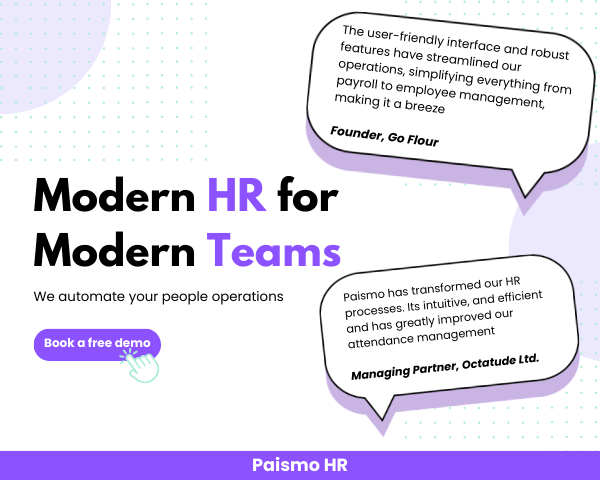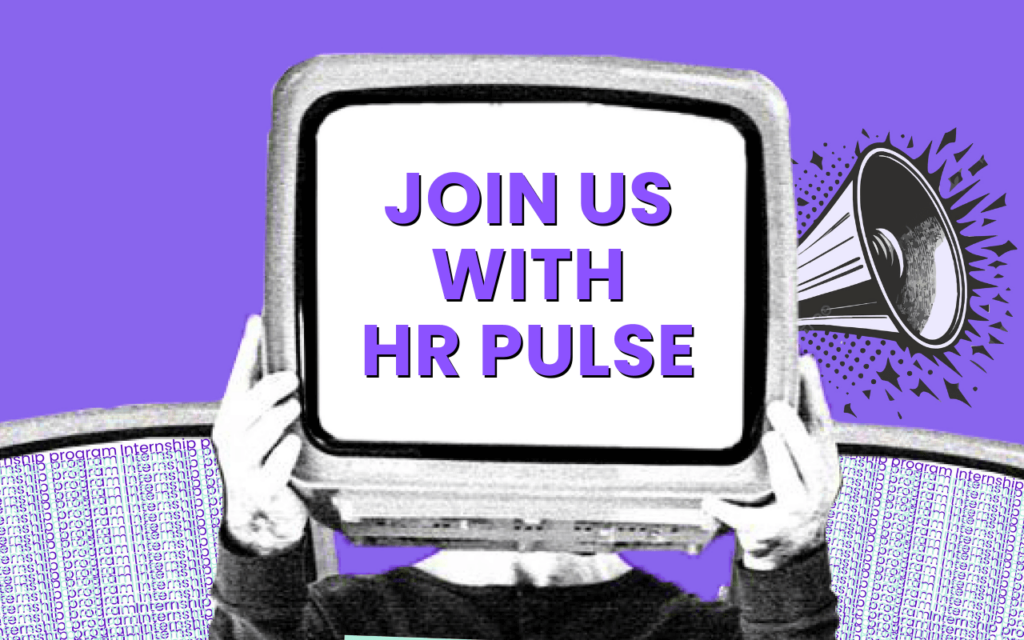What is an Agile Organization Framework?
An agile organization framework refers to a set of principles, strategies, and structures designed to help businesses respond quickly to change, reduce silos, and improve collaboration. Unlike traditional, top-down models, agile organizations are built for adaptability, continuous improvement, and cross-functional teamwork.
These frameworks aim to solve modern workplace challenges by promoting transparency, decentralizing decision-making, and embedding technology across operations. The result is a more responsive, innovative, and customer-focused organization.
Key Characteristics of Agile Organizations
Agile organizations typically share the following traits:
- Customer-Centric Mindset: Teams are deeply invested in understanding and meeting customer needs by tailoring products and services to create value.
- Open Communication: Transparent, frequent communication fosters faster decision-making across all levels.
- Empowered, Cross-Functional Teams: Employees are trusted to make data-driven decisions and implement continuous improvements without excessive oversight.
- Integrated Technology: Agile companies leverage modern tools for collaboration, data analysis, and automation to enhance operational efficiency.
- Unified Vision and Purpose: A clearly defined mission aligns team efforts and builds a strong organizational culture rooted in trust and meaning.
Why Companies Adopt Agile Structures
Businesses are shifting to agile models to stay competitive in rapidly changing markets. Benefits include:
- Faster product development and time-to-market
- Enhanced alignment with emerging technologies
- Improved team morale and engagement
- Higher productivity and collaboration across departments
- Greater transparency and reduced risk
Agile transformation can help companies adapt to shifting market demands, drive innovation, and enhance overall resilience.
Agile vs. Traditional Organizational Structures
Traditional structures often follow rigid hierarchies, where decisions flow top-down and communication is siloed. This slows down innovation and responsiveness.
In contrast, agile organizations embrace flat hierarchies and cross-functional teams. Decisions are made closer to the work, often by the people doing it, which accelerates responsiveness and improves accountability.
Instead of isolated departments, agile structures emphasize interconnected teams aligned around shared goals, minimizing bottlenecks and maximizing impact.
How Agile Organizations Divide Responsibilities
In an agile framework, responsibility is distributed, not dictated. Teams are often:
- Cross-disciplinary: Comprising members from multiple functions (e.g., product, design, marketing)
- Self-managed: Empowered to make operational decisions without waiting on leadership approvals
- Guided by shared ownership: Each team has a stake in outcomes, leading to greater accountability
Project managers or "agile leads" often guide coordination, while leadership provides strategic direction rather than micromanagement.
Challenges of Transitioning to an Agile Organization
Shifting to an agile model requires a cultural transformation. Common challenges include:
- Behavioral change: Employees must unlearn traditional hierarchies and embrace ownership and collaboration.
- Leadership alignment: Senior leaders must be fully on board and willing to shift from control to enablement.
- Employee training: Teams need the right tools, training, and support to operate in an agile environment.
- Effective communication: Clear, real-time communication is essential—especially for remote or hybrid teams.
- Customer continuity: Maintaining customer satisfaction during internal transitions can be difficult but essential.
Role of Technology in Agile Organizations
Agile workplaces are powered by technology. Key tools support:
- Real-time communication (e.g., Slack, Microsoft Teams)
- Remote collaboration (e.g., Zoom, Notion, Trello)
- Centralized data and analytics to inform faster decisions
- Workflow automation for repetitive tasks
Technology bridges physical gaps, ensures data transparency, and allows agile teams to move faster and smarter, especially in distributed or global teams.
Why Agility Matters in Modern Workplaces
As industries evolve, the ability to adapt quickly has become a competitive advantage. Agile organizations are more likely to:
- Innovate faster
- Retain high-performing talent
- Deliver better customer experiences
- Navigate economic uncertainty and change
Become a part of the Paismo community
Paismo is an HR software that can help simplify your HR operations. In today's dynamic economic environment, efficient HR and automated payroll management are no longer a luxury but a necessity. Paismo is a comprehensive solution that transforms traditional HR complexes into streamlined and automated workflows. Paismo and its paired biometric device integration can be used for your business to mark employee attendance and record their timesheets accurately.
Paismo simplifies your tasks with its core HRMS, timesheets, and attendance management, as well as biometric attendance, payroll automation, and leave management system.
Take the first step toward modernizing your HR and payroll processes and explore what Paismo can do for you. Book a demo with our sales team.










